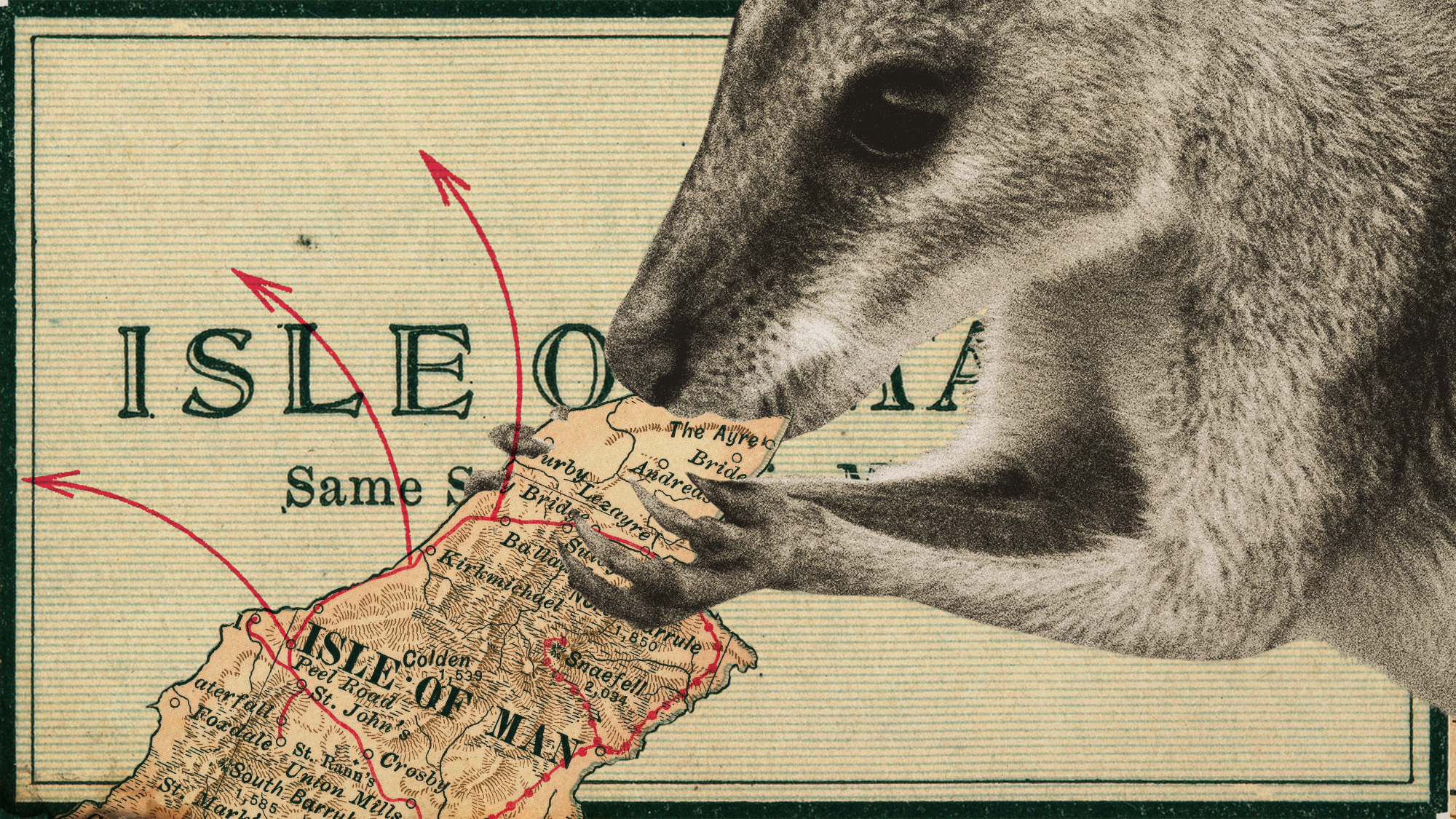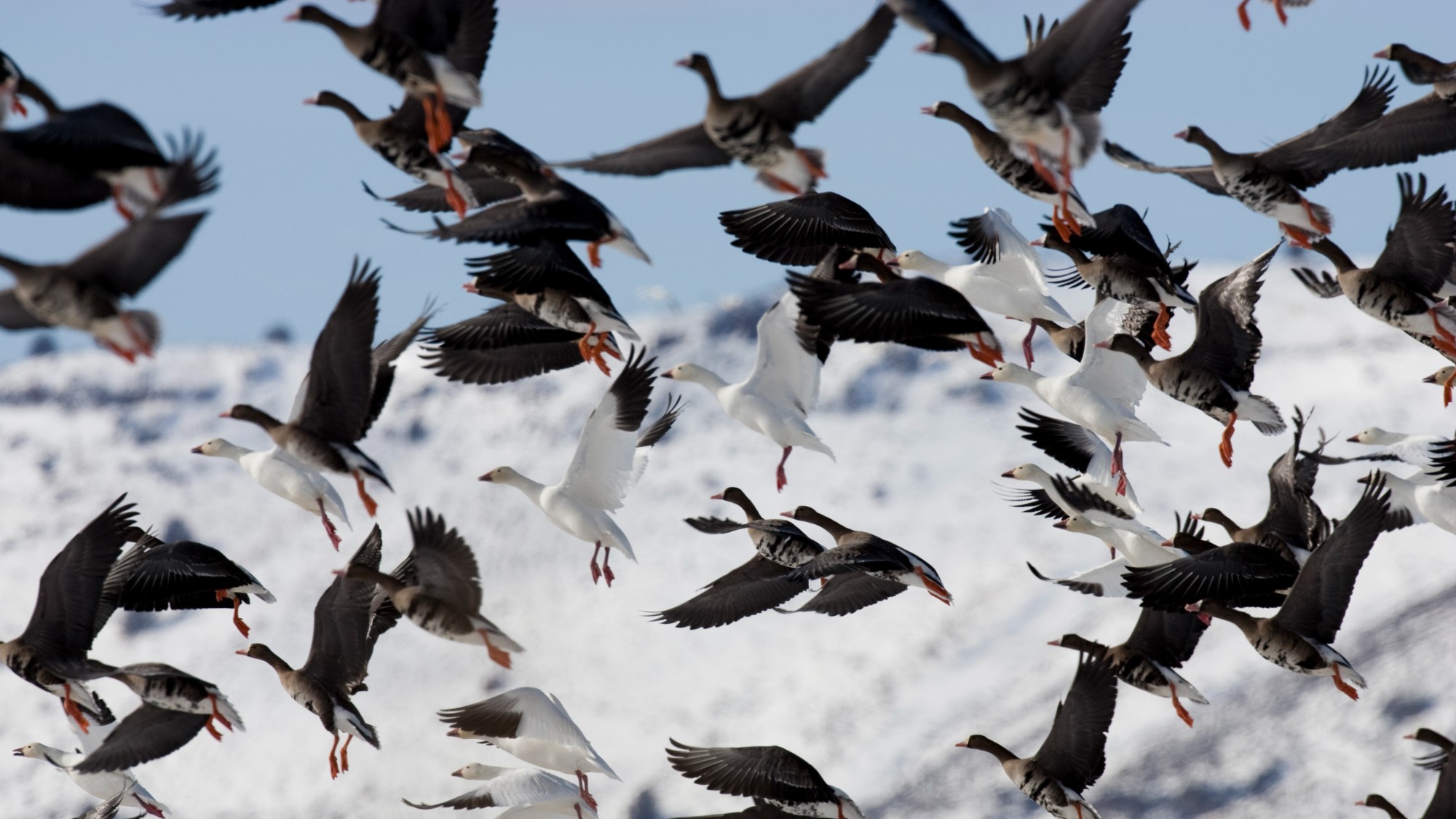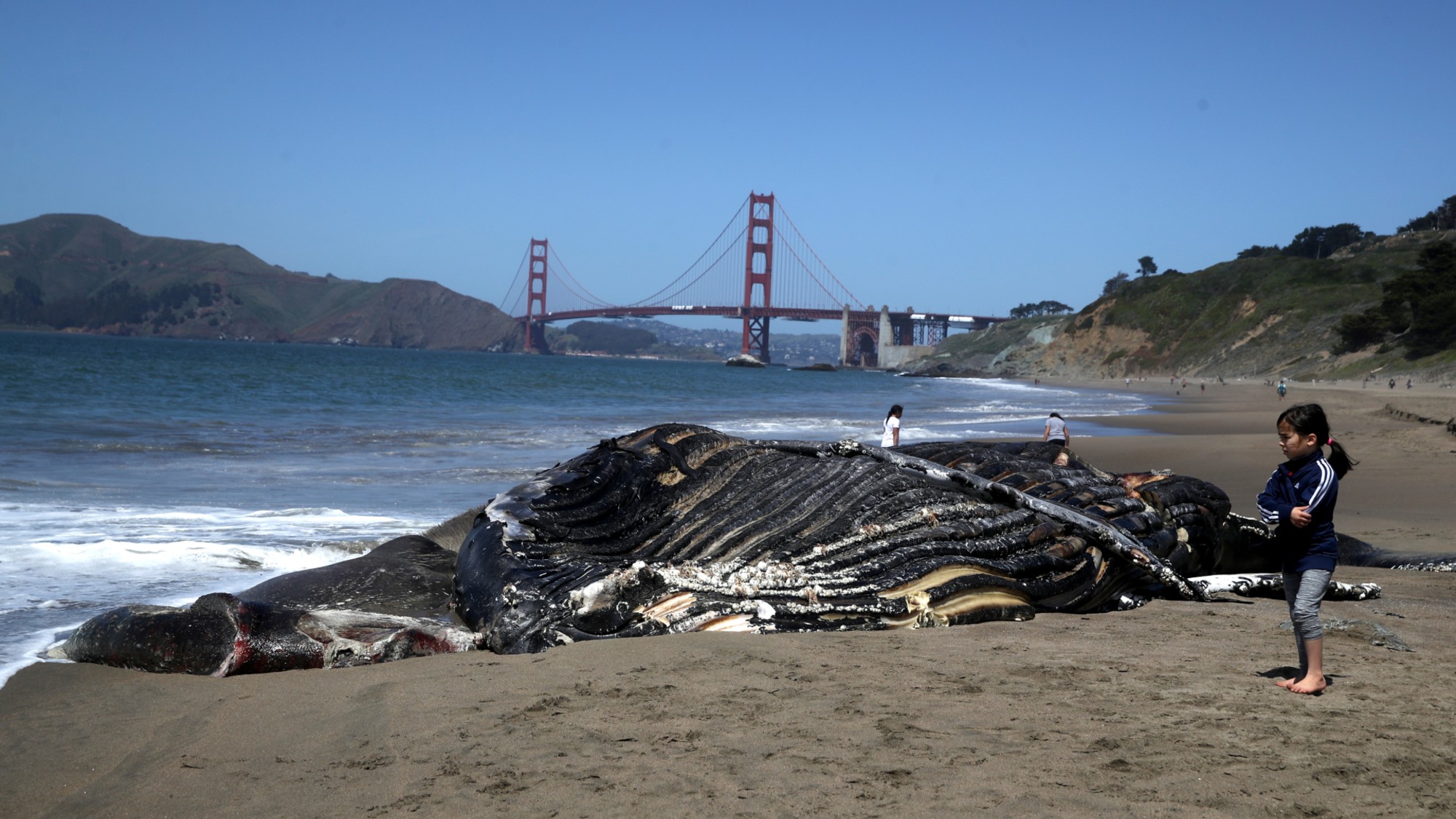The UK’s surprising ‘wallaby boom’
The Australian marsupial has ‘colonised’ the Isle of Man and is now making regular appearances on the UK mainland

Grey squirrels, muntjac and ring-necked parakeets are among the invasive species who have made a home on British shores. Wallabies are among the latest exotic arrivals to thrive in the UK’s increasingly mild climate.
A long-standing wallaby population on the Isle of Man has risen to more than 1,200, leading to debates over a potential cull, as well as strategies to prevent the Australian marsupials establishing a foothold in the rest of the UK.
‘Commonplace’ sighting
Wallabies are not new to the UK but they have never been as prolific as they are now, said the BBC.
The Week
Escape your echo chamber. Get the facts behind the news, plus analysis from multiple perspectives.

Sign up for The Week's Free Newsletters
From our morning news briefing to a weekly Good News Newsletter, get the best of The Week delivered directly to your inbox.
From our morning news briefing to a weekly Good News Newsletter, get the best of The Week delivered directly to your inbox.
They likely descend from wallabies brought to the UK in the 19th century for zoos and private collections. Over time, some of the animals either escaped or were deliberately released, possibly during the two world wars, when some owners “were unable to look after them”. A famous group of wallabies settled in the Peak District, though it is thought they have since died out following a harsh winter in 2010.
Britain could be “on the verge of a wallaby boom”, said The Times. There is certainly a pattern emerging, and Britain ticks many of the boxes for wallabies to thrive: “conditions are mild, space abundant and predators scarce”.
Free to roam, “these cute creatures have a habit of multiplying when no one is watching”. With known clusters in the Chiltern Hills, Cornwall and Wiltshire, as well as sightings across Cumbria, Yorkshire and Northumberland, experts say that, in many areas, locals “have stopped bothering to report sightings” as the marsupials are so “commonplace”.
‘Unthinkable’ cull now a possibility
On the Isle of Man, the wallaby boom is already a fact. The first marsupials arrived in 1965 as inmates of a wildlife park. The enclosures, however, “proved less than secure” and the escapees and their descendants have since “colonised” a “significant portion” of the northern part of the island.
A free daily email with the biggest news stories of the day – and the best features from TheWeek.com
Their effect on the environment has led to a debate over measures to contain their numbers. “A cull, once unthinkable, now seems a possibility,” said The Times. Once an invasive species becomes “established”, it is “extremely expensive and extremely difficult, if not impossible, to exert any meaningful control”, said ecologist Anthony Caravaggi.
“Though cute, the ‘mob’ (as wallabies are collectively known)” has wreaked havoc on the Isle of Man’s sensitive ecology, said The Economist. The animals “disrupt local wildlife” by nibbling native vegetation, destroying reforestation attempts and disturbing ground-nesting birds.
Studies conducted on the island show that some wallabies spread the parasite toxoplasmosis in their droppings, which could pass to local livestock. Farmers are also concerned as they “damage fences as they roam”, which can allow livestock to escape.
There is agreement that something needs to be done, but “no one wants to use the word ‘cull’” on the Isle of Man, said the BBC’s Discover Wildlife. Wallabies are not only a “tourist attraction”, they have become “embedded within Manx national identity”.
Will Barker joined The Week team as a staff writer in 2025, covering UK and global news and politics. He previously worked at the Financial Times and The Sun, contributing to the arts and world news desks, respectively. Before that, he achieved a gold-standard NCTJ Diploma at News Associates in Twickenham, with specialisms in media law and data journalism. While studying for his diploma, he also wrote for the South West Londoner, and channelled his passion for sport by reporting for The Cricket Paper. As an undergraduate of Merton College, University of Oxford, Will read English and French, and he also has an M.Phil in literary translation from Trinity College Dublin.
-
 Judge orders release of Ghislaine Maxwell records
Judge orders release of Ghislaine Maxwell recordsSpeed Read The grand jury records from the 2019 prosecution of convicted sex offender Jeffrey Epstein will be made public
-
 Miami elects first Democratic mayor in 28 years
Miami elects first Democratic mayor in 28 yearsSpeed Read Eileen Higgins, Miami’s first woman mayor, focused on affordability and Trump’s immigration crackdown in her campaign
-
 Political cartoons for December 10
Political cartoons for December 10Cartoons Wednesday's political cartoons include a titanic war crime, a hostile takeover, and skinny Santa Claus
-
 Are we entering a ‘golden age’ of nuclear power?
Are we entering a ‘golden age’ of nuclear power?The Explainer The government is promising to ‘fire up nuclear power’. Why, and how?
-
 Builders return to the stone age
Builders return to the stone ageUnder the Radar With brick building becoming ‘increasingly unsustainable’, could a reversion to stone be the future?
-
 Eel-egal trade: the world’s most lucrative wildlife crime?
Eel-egal trade: the world’s most lucrative wildlife crime?Under the Radar Trafficking of juvenile ‘glass’ eels from Europe to Asia generates up to €3bn a year but the species is on the brink of extinction
-
 Icarus programme – the ‘internet of animals’
Icarus programme – the ‘internet of animals’The Explainer Researchers aim to monitor 100,000 animals worldwide with GPS trackers, using data to understand climate change and help predict disasters and pandemics
-
 Blue whales have gone silent and it's posing troubling questions
Blue whales have gone silent and it's posing troubling questionsUnder the radar Warming oceans are the answer
-
 The revived plan for Trump's border wall could cause problems for wildlife
The revived plan for Trump's border wall could cause problems for wildlifeThe Explainer The proposed section of wall would be in a remote stretch of Arizona
-
 The EPA wants to green-light approval for a twice-banned herbicide
The EPA wants to green-light approval for a twice-banned herbicideUnder the Radar Dicamba has been found to harm ecosystems
-
 Spiking whale deaths in San Francisco have marine biologists worried
Spiking whale deaths in San Francisco have marine biologists worriedIn the Spotlight Whale deaths in the city's bay are at their highest levels in 25 years